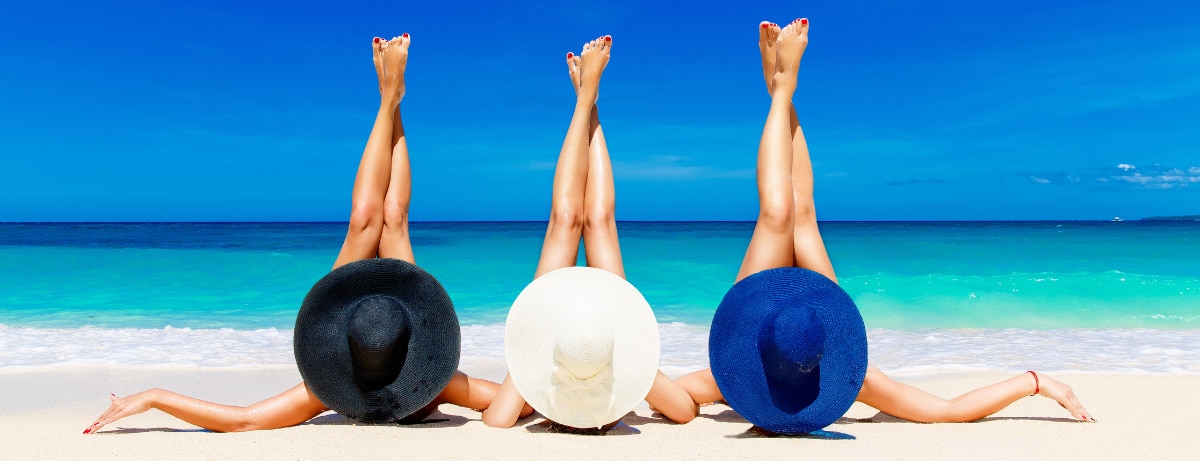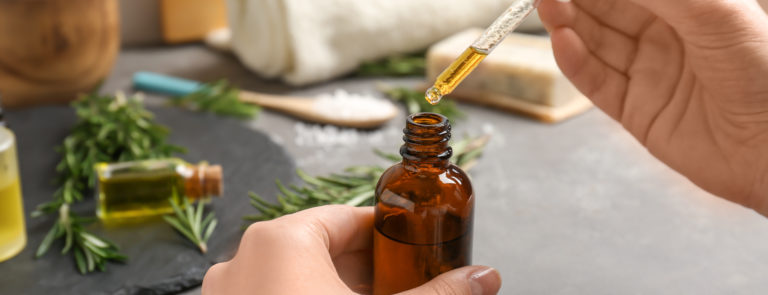10% off £35
How to tan faster: top tips

Summary
1How to stay safe from the sun
Always, always ALWAYS wear protection when tanning, keep hydrated, take a shade break, keep a close eye on your skin.
2Is tanning safe?
Tanning isn’t healthy or safe for your skin. Sun damage is cumulative—even ten minutes of exposure a day over the course of a lifetime is enough to...
3A final few words about tanning quickly…
While we may think it makes us look ‘healthier’, the real truth of the matter is that tanning is actually a sign of skin damage that can lead to...

How to stay safe from the sun, remember these golden rules.
1. Always, always ALWAYS wear protection when tanning
2. Stay out of the sun at peak times
3. Increase exposure to rays gradually

4. Keep hydrated
5. Eat the right food
Fruit and veg that’s high in beta carotene, which can help you tan, but without burning. Beta-carotene is widely recognised as being an excellent antioxidant that fights free radicals and reduces skin damage and oxidative stress on the skin, helping limit the harmful effects of UV light. More on beta-carotene below.
6. Don’t stick to the same spot
7. Take a shade break

9. Steer clear of using tanning oils that contain zero sun protection
10. Identify your prime tanning time

11. Keep a close eye on your skin
Sun-friendly snacks

Lycopen

Vitamin C

Beta-carotene

Olive oil

Green tea

Aloe vera

Walnuts
Summary
- Lycopene can help neutralise free radicals that cause skin damage
- Beta-carotene helps maintain normal skin and has been linked to increased sun protection
- Green tea protects against sunburn inflammation and UV damage
Is tanning safe?
Summary
- Tanning isn’t healthy or safe for skin
- 10 minutes of exposure a day over the course of a lifetime is enough to cause major problems and really age skin
- When your skin colour changes, it’s a sign of irreparable DNA skin damage

A final few words about tanning quickly…
The advice in this article is for information only and should not replace medical care. Please check with your GP or healthcare professional before trying any supplements, treatments or remedies. Food supplements must not be used as a substitute for a varied and balanced diet and a healthy lifestyle.
- https://www.vogue.fr/beauty-tips/article/how-to-tan-faster-and-safely-this-summer
- https://www.vogue.fr/beauty-tips/article/how-to-tan-faster-and-safely-this-summer
- https://www.byrdie.com/is-tanning-oil-bad-for-your-skin-5069534
- https://www.cosmopolitan.com/uk/beauty-hair/a27297/how-to-get-the-best-safe-tan/
- https://www.skincancer.org/risk-factors/tanning/
- https://www.byrdie.com/is-tanning-oil-bad-for-your-skin-5069534
.png)













